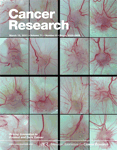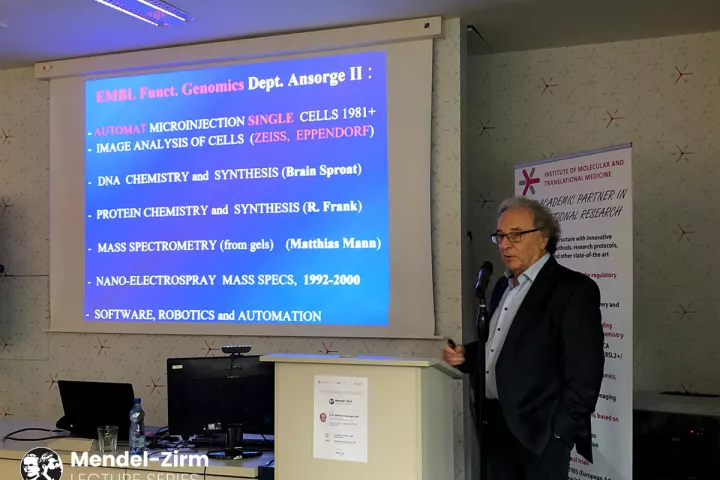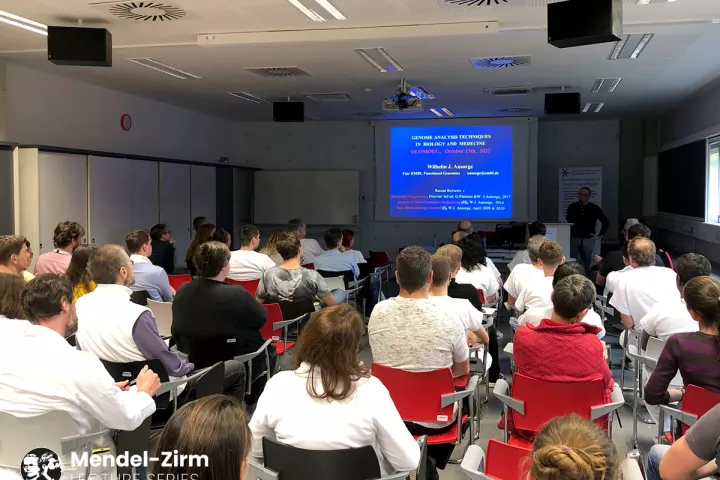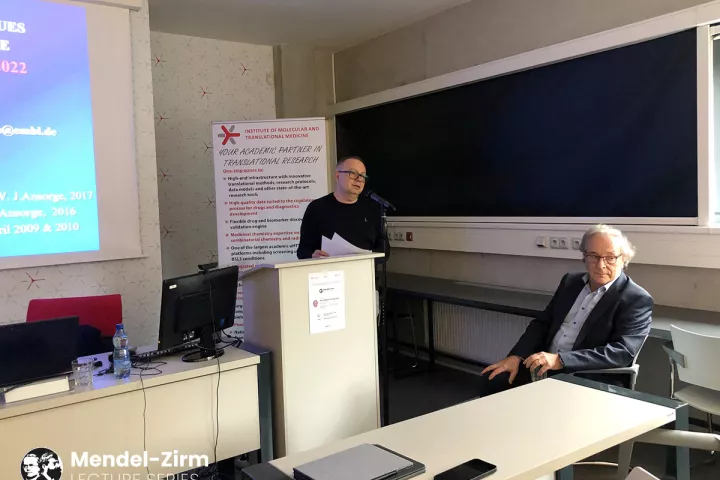
Nanomaterials in medicine
The field of nanomaterials in medicine (often labelled as nanomedicine), covers many types of nanomaterials of various structures or morphologies, and advanced mostly optical or electrochemical techniques optimized to provide early diagnostics and more efficient and frequently personalized therapies for many severe diseases. Nanomaterials enhance the possibilities of medical therapy and diagnostics in many aspects: i) nanomaterials can be used to image specific regions via their fluorescence or plasmonic properties so they can be applied in the analysis of diseases directly inside the human body. II) nanomaterials can be used as efficient active drug delivery systems. In many cases, it is possible to apply the nanomaterials as theranostic agents allowing to monitor the effect of a drug in vivo.
It is commonly recognized that there is no single nanoplatform that can be used in a diagnosis and treatment of more kinds of diseases. Each and every nanoplatform must be precisely tuned to maximise its in vivo effectiveness, while maintaining low toxicity for normal cells and tissues. It is also well known that the biological effects of nanomaterials considerably vary even with superficial changes in its morphology or size. Therefore, many efforts have been given to the development of precision synthesis protocols. Moreover, advanced functionalization methods allow the possibility of incorporating an increasing number of functionalities, which further allow to detect various biological responses, which further allow to target specific cells or sub-cellular compartments, or which can be used in an imaging of drug release.
At our research group, we tackle these scientific challenges with the primary goal to design efficient nanoplatforms and establish new protocols to address severe diseases, including osteosarcoma, breast adenosarcoma or glioblastoma.
Synthesis and functionalization of advanced nanostructured materials for active drug delivery systems, plasmonic or fluorescent based detection of clinically relevant molecular markers and chiral analysis.
Development of drug delivery systems based on i) advanced 2D nanomaterials and ii) biopolymeric nanocarriers.
Development of methods for a detection of clinically relevant molecular markers using optical methods and plasmonic nanostructures.
Analysis of chiral compounds using 2D optical anisotropic nanomaterials.
| Project: | Plasmonic nanomaterials in cancer theranostics |
|---|---|
| Supervisors: | Ranc Václav Ph.D. |
| Available: | 2 |
| Intended for: | Doctoral training |
| Summary: | 2 places in full-time or part-time study |





